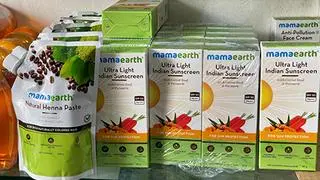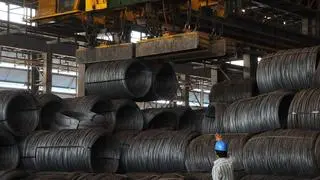Indian alco-bev industry shifts towards in-house ENA production for cost and quality control

Sometimes, when liquid is not available at the right cost or from the right source, having an inhouse production facility gives the company raw material security for its growth
As the alco-bev industry moves towards premium, branded products, industry players are increasingly relying on their own Extra Neutral Alcohol (ENA) facilities. According to industry players, controlling ENA production allows them to manage costs, maintain quality, and avoid supply disruptions—key advantages in a market where demand for high-quality spirits is growing. This built-in strength is helping them make a smoother, more profitable shift from bulk manufacturing to consumer-focused brands.
‘Make versus buy’
“The difference is ‘make versus buy’. When you make your own E&A versus when you buy it, there is a significant arbitrage per litre. Every 9-litre case of Alcobev consumes about 4 litres of E&A. Producing our own will improve our gross margin and everything will flow into EBITDA,” explained Alok Gupta, Managing Director, ABD.
The company acquired a 11.0 MLPA distillery in Aurangabad, Maharashtra, in December 2024. Its operations commenced in February this year and is now operating at full capacity. As part of the expansion plan, the capacity is set to increase by an additional 50.0 MLPA, taking the total capacity to around 61.0 MLPA.
Sometimes, when liquid is not available at the right cost or from the right source, having an inhouse production facility gives the company raw material security for its growth, he added.
Abhishek Modi, Executive Director, Modi Illva India, shared that the company set up its own ENA plant two years ago after converting a molasses-based distillery to a grain-based distillery.
“ENA, or grain alcohol, is a commodity. It helps you to keep your costs in control. Although in the premium space, it is not a requisite, many people do it since they are already in the alcohol business. If you have a grain alcohol plant and want to improve your margins, you want to try and create a brand. It is a forward integration strategy,” he said.
Tushar Bhandari, Whole-time Director, Associated Alcohols & Breweries Ltd (AABL) shared that the Kedia family, the company promoters, were earlier in the molasses trade business when molasses was the primary ingredient used to make alcohol.
“That helped us gain an upper hand when we entered bottling agreements and started launching our own proprietary brands. Additionally, our integrated operations, with an annual ENA capacity of 45 million liters, provide us with a significant advantage. It ensures consistent quality and supply of our primary raw material, allowing for better control over production processes and cost efficiencies.”
More Like This


Published on May 22, 2025







Post Comment